Aerospace Daily & Defense Report Sep 9, 2008
中国のASAT テスト、他の要因でデブリがハッブルの最大のリスクになる
Chinese ASAT test, other factors make debris biggest Hubble risk The biggest risk to the crew of the space shuttle Atlantis during next month’s mission to service the Hubble Space Telescope will come from micrometeoroid/orbital debris (MMOD) instead of the falling insulation that doomed the shuttle Columbia and has been the main concern with subsequent shuttle flights.NASA has modified the shuttle’s external tank extensively to lower the risk
9
from the foam that insulates it. But a combination of factors, including debris from last year’s Chinese anti-satellite (ASAT) weapon test, the Hubble’s high orbital altitude and an unusually quiet sun contribute to the risk from MMOD. At the moment, shuttle risk analysis sets the MMOD danger high enough ? one chance in 185 of a catastrophic impact ? to require top-level authority to launch the STS-125 mission to Hubble.“I as the program manager can only accept a risk down to 1/200,” said John Shannon, who heads the shuttle program for NASA.Risk assessmentThe probabilistic risk assessment for a typical shuttle mission to the International Space Station (ISS) is one chance in 300 of loss of vehicle. But the ISS orbits at about 200 nautical miles, while the Hubble telescope’s 300-nautical mile orbit has a different debris environment.China’s successful ASAT test against an old weather satellite contributed to debris at that altitude, as did the breakup earlier this year of Russia’s
Cosmos-2421 naval reconnaissance satellite that forced the ISS to make an evasive maneuver.The sun also is in an unusually quiet solar-minimum period in its 11-year cycle, which allows debris to remain in orbit longer than it normally would, according to William Gerstenmaier, associate administrator for space operations. As a result, the shuttle program plans to fly the shuttle in an attitude that places the orbiter’s main engines facing the velocity vector where the most dangerous debris would appear, Shannon said Sept. 8 during an STS-125 preflight briefing.Late inspectionOther steps the shuttle program is taking to mitigate the risk include the standard late inspection of the orbiter’s thermal protection system (TPS), training the crew in the TPS-repair techniques developed since the Columbia accident, and lowering the orbiter’s altitude into a more benign environment once the telescope is released after servicing. Even so, if the final risk calculations come in below the one-in-200 guidance, a top-level agency waiver will be required.“This is, I think, one of the big strengths since Columbia,” Shannon said. “We don’t try to spin numbers or anything like that. We will just talk about what is the risk to the mission; what mitigations have we taken to the risk, and then the agency will all hear that and decide if we have an acceptable
plan.”- Frank Morring, Jr. (morring@aviationweek.com)
中国のASAT テスト、他の要因でデブリがハッブルの最大のリスクになる
Chinese ASAT test, other factors make debris biggest Hubble risk The biggest risk to the crew of the space shuttle Atlantis during next month’s mission to service the Hubble Space Telescope will come from micrometeoroid/orbital debris (MMOD) instead of the falling insulation that doomed the shuttle Columbia and has been the main concern with subsequent shuttle flights.NASA has modified the shuttle’s external tank extensively to lower the risk
9
from the foam that insulates it. But a combination of factors, including debris from last year’s Chinese anti-satellite (ASAT) weapon test, the Hubble’s high orbital altitude and an unusually quiet sun contribute to the risk from MMOD. At the moment, shuttle risk analysis sets the MMOD danger high enough ? one chance in 185 of a catastrophic impact ? to require top-level authority to launch the STS-125 mission to Hubble.“I as the program manager can only accept a risk down to 1/200,” said John Shannon, who heads the shuttle program for NASA.Risk assessmentThe probabilistic risk assessment for a typical shuttle mission to the International Space Station (ISS) is one chance in 300 of loss of vehicle. But the ISS orbits at about 200 nautical miles, while the Hubble telescope’s 300-nautical mile orbit has a different debris environment.China’s successful ASAT test against an old weather satellite contributed to debris at that altitude, as did the breakup earlier this year of Russia’s
Cosmos-2421 naval reconnaissance satellite that forced the ISS to make an evasive maneuver.The sun also is in an unusually quiet solar-minimum period in its 11-year cycle, which allows debris to remain in orbit longer than it normally would, according to William Gerstenmaier, associate administrator for space operations. As a result, the shuttle program plans to fly the shuttle in an attitude that places the orbiter’s main engines facing the velocity vector where the most dangerous debris would appear, Shannon said Sept. 8 during an STS-125 preflight briefing.Late inspectionOther steps the shuttle program is taking to mitigate the risk include the standard late inspection of the orbiter’s thermal protection system (TPS), training the crew in the TPS-repair techniques developed since the Columbia accident, and lowering the orbiter’s altitude into a more benign environment once the telescope is released after servicing. Even so, if the final risk calculations come in below the one-in-200 guidance, a top-level agency waiver will be required.“This is, I think, one of the big strengths since Columbia,” Shannon said. “We don’t try to spin numbers or anything like that. We will just talk about what is the risk to the mission; what mitigations have we taken to the risk, and then the agency will all hear that and decide if we have an acceptable
plan.”- Frank Morring, Jr. (morring@aviationweek.com)












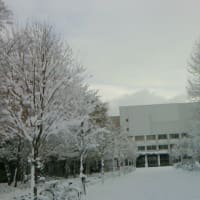
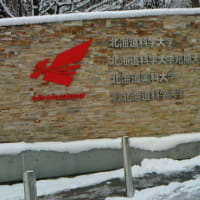

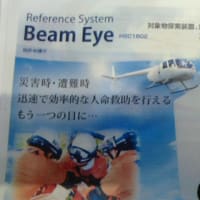

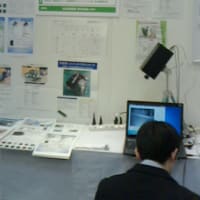
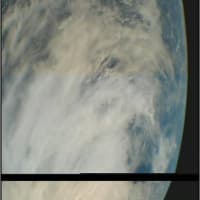
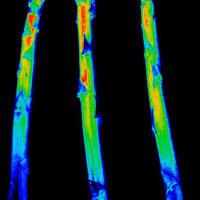
※コメント投稿者のブログIDはブログ作成者のみに通知されます